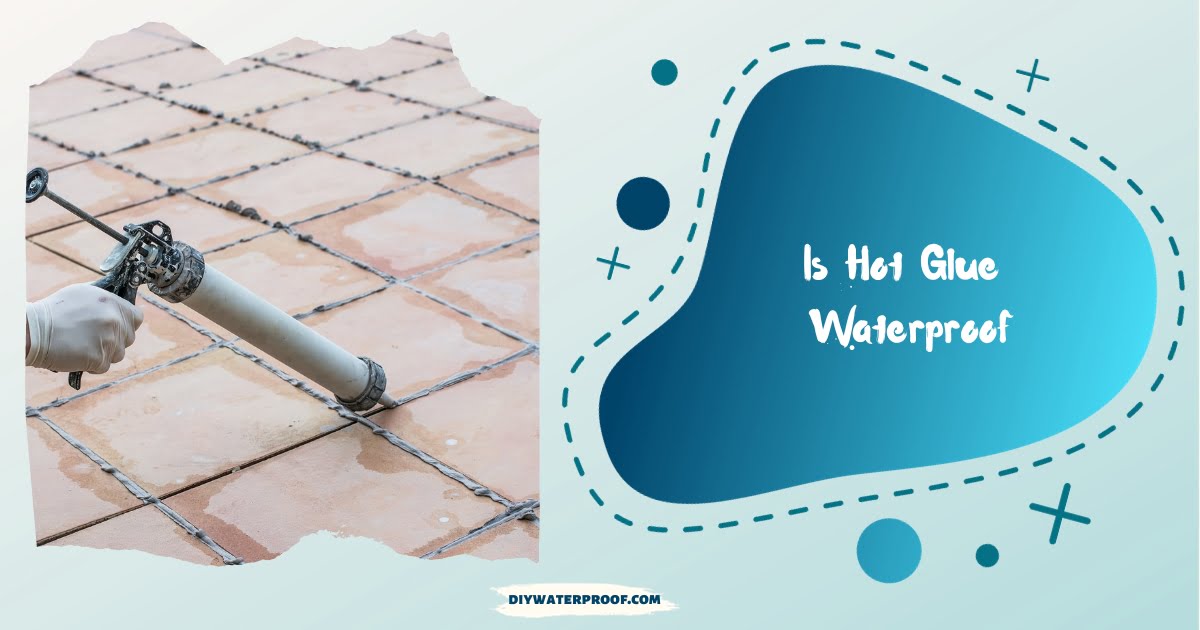Hot glue is an adhesive widely used in arts and crafts, DIY projects, and industrial applications. It is known for its ability to bond different materials quickly and effectively.
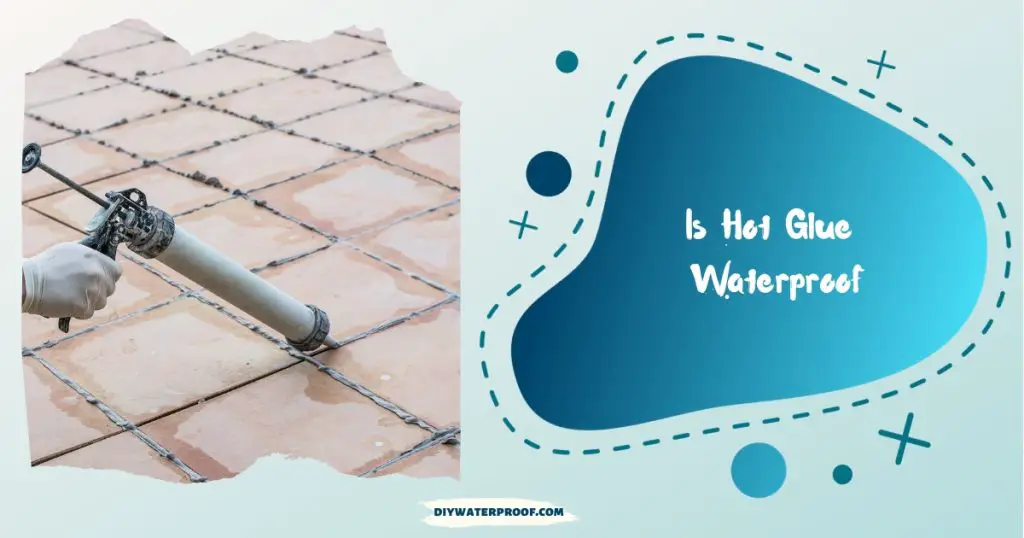
However, one question that often arises when using hot glue is whether it is waterproof. The short answer to this question is no, hot glue is not waterproof. In fact, almost all types of hot glue are water-soluble, which means they dissolve or soften when exposed to water.
This can be a problem if you need your project or repair to withstand exposure to moisture. Read this blog post to know about Is Hot Glue Waterproof and what you can do to make it more water-resistant.
Why is Hot Glue Not Waterproof?
The main reason why hot glue is not waterproof is that it can be easily dissolved or softened by water. This happens because the polymers used in hot glue are not cross-linked, meaning they do not form strong bonds with each other.
As a result, when exposed to water, the liquid polymers in hot glue start to separate and break apart, causing the bond between two surfaces to weaken or dissolve altogether. Additionally, most types of hot glue are also sensitive to temperature changes.

They tend to become brittle and lose their adhesive strength when exposed to extreme heat or cold. This makes them less reliable for outdoor use, where they may be subjected to varying temperatures and humidity levels.
How Can You Make Hot Glue More Water-Resistant?
While hot glue may not be completely waterproof, there are some steps you can take to make it more water-resistant.
1. Use a High-Temperature Hot Glue Gun
One way to make hot glue more resistant to water is by using a high-temperature hot glue gun instead of a low-temperature one. High-temperature glues tend to have a stronger bond and are less likely to dissolve or soften when exposed to water.
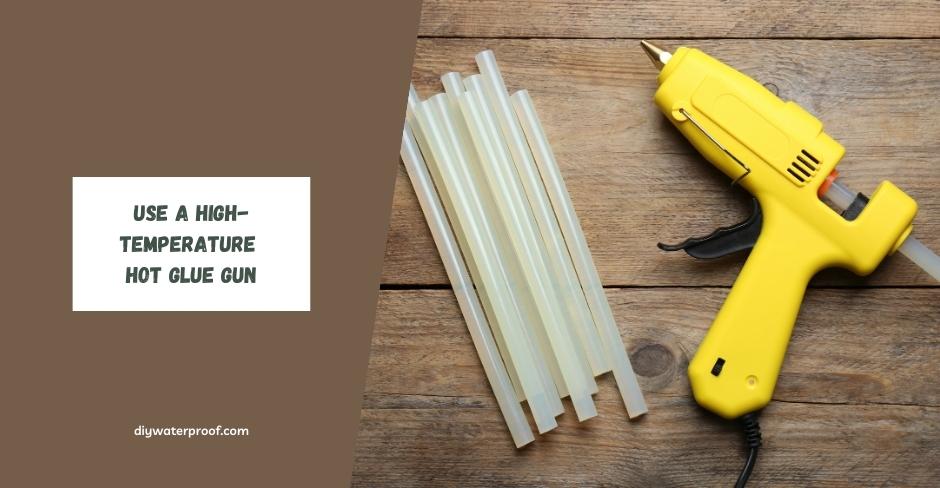
2. Add Water-Resistant Ingredients
You can also add certain ingredients to your hot glue before use that will make it more water-resistant. Some standard options include paraffin wax, petroleum jelly, and silicone caulk.
3. Apply Multiple Layers
Another way to improve the water-resistance of hot glue is by applying multiple layers. This will create a thicker barrier and make it harder for water to penetrate through the bond.
Will Hot Glue Stop a Leak?
Despite its lack of waterproofing properties, hot glue can still be useful for stopping minor leaks in certain situations. For example, if you have a small hole or crack in a non-pressurized container, applying a layer of hot glue on top can help seal it temporarily.
However, it is not recommended in more critical situations such as plumbing or construction. To summarize, while hot glue may not be completely waterproof, there are ways to make it more water-resistant.
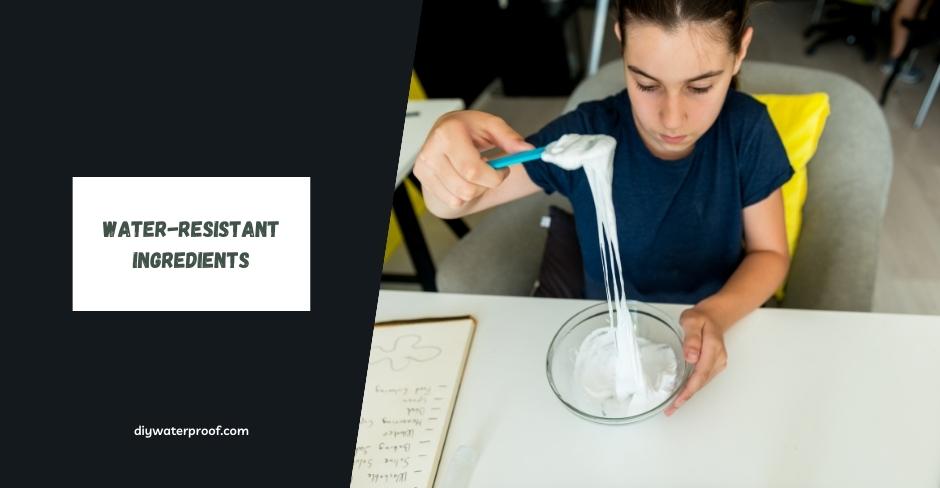
Consider using a high-temperature gun and adding water-resistant ingredients or multiple layers for better results. However, it is essential to keep in mind the limitations of hot glue and avoid using it for tasks that require strong and long-lasting water resistance.
How Long Will Hot Glue Last?
This means that if hot glue gets wet before it has dried completely, it will lose its adhesive properties and become weak. However, once it hardens and sets, hot glue becomes relatively water-resistant.
The level of water resistance of hot glue depends on several factors, such as the type of material being bonded, the thickness of the adhesive layer, and the environmental conditions.
For example, hot glue may be more water-resistant when used to bond two non-porous materials such as metal or plastic compared to bonding porous materials like wood or fabric.

Additionally, the thickness of the adhesive layer also plays a crucial role in determining hot glue’s water resistance. A thicker layer of hot glue will provide better coverage and protection against water than a thin layer.
What Are the Disadvantages of Hot Glue?
While hot glue may have its benefits, it also has some significant disadvantages to consider. One of the main drawbacks of hot glue is that it can melt or soften at high temperatures. If your project gets exposed to heat or direct sunlight, the hot glue may lose its bond and fail.
Furthermore, hot glue is not as strong as other types of adhesive, such as epoxy or cyanoacrylate (super glue). This makes it less suitable for heavy-duty projects requiring a strong and long-lasting bond.
Another disadvantage of hot glue is its dry time. While it sets relatively quickly compared to other adhesives, it still takes several minutes to dry and harden fully. This can be an issue when working on intricate projects or when a tighter bond is required immediately.
However, with proper usage and understanding of its properties, hot glue can be an excellent tool for crafting and DIY tasks. So, next time you’re working on a project that requires adhesive, consider whether hot glue is the right choice for you.
Alternative Uses for Hot Glue
Aside from its primary purpose as an adhesive, hot glue can also have various alternative uses. For example, it can create 3D art or sculptures by layering and shaping the hardened glue. It can also serve as a temporary fix for broken items such as glasses or toys.

Moreover, hot glue can act as a sealant for small cracks or gaps in surfaces such as wood or plastic. It can also create textured designs or patterns on surfaces by applying hot glue and painting over it once dry.
In addition to its creative applications, hot glue has practical uses as well. It can prevent fraying on fabric edges by applying a thin layer of hot glue along the edge. Hot glue can also be a non-slip grip by applying it to the bottom of small objects such as vases or picture frames.
With its versatility and ease of use, hot glue proves to be more than just an adhesive. So whether you’re crafting, repairing, or creating something new, consider how hot glue can be used beyond its traditional purpose.
So, while it may not be completely waterproof, it has many other useful properties that make it an essential tool in any DIY enthusiast’s arsenal.
Can Hot Glue Be Used as a Sealant?
Yes, hot glue can be used as a sealant in certain situations. As mentioned, it can seal small cracks or gaps in surfaces such as wood or plastic. However, remember that hot glue may not provide a long-lasting seal and is best used as a temporary fix rather than a permanent solution.
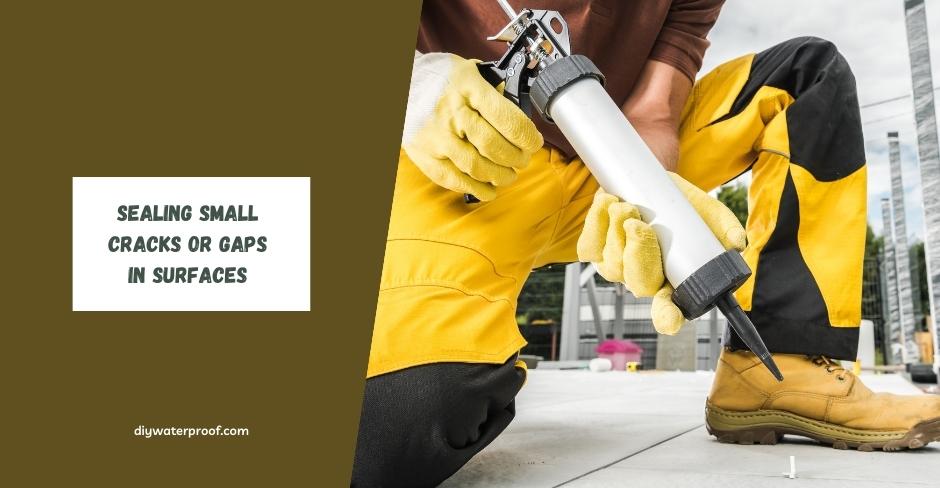
Using hot glue as a sealant also requires caution, as it may not adhere well to all materials and could damage the surface if not applied correctly. It is always recommended to test on a small area first before using hot glue as a sealant for larger areas.
Overall, while hot glue may have some limited applications as a sealant, there are other more suitable options available, such as silicone caulk or epoxy.
Can Hot Glue Be Used For Outdoor Projects?
The short answer is yes, hot glue can be used for specific outdoor projects. However, like any adhesive, there are some things to remember when using it outdoors. Firstly, not all hot glues are created equal. Some types of hot glue are more water-resistant than others.
If you plan to use hot glue for an outdoor project, choose a waterproof or weatherproof type. These types of hot glue are specially formulated to withstand exposure to moisture and temperature changes, making them more suitable for outdoor use.
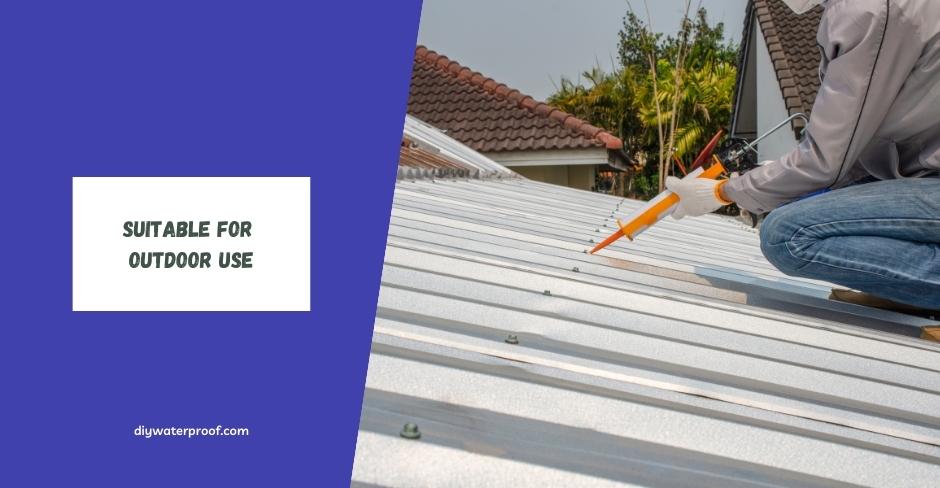
Additionally, it’s essential to consider the material you’re using hot glue on. Hot glue typically bonds well with materials such as wood, fabric, and plastic. However, if you’re using it on a porous or flexible material like foam or leather, the bond may not be as strong. It may eventually weaken when exposed to water or extreme weather conditions.
Another factor to keep in mind is the location of your project. If your project will be completely exposed to the elements, it’s best to avoid using hot glue altogether. Even with waterproof hot glue, prolonged exposure to direct sunlight or heavy rain can cause it to break down over time.
Can You Use Hot Glue Underwater?
Hot glue is a commonly used adhesive that adheres to wood, fabric, and paper. It is widely known for its quick drying time and strong bond. However, one question that often arises when using hot glue is whether it is waterproof.
The short answer is no, hot glue is not waterproof. Hot glue consists of thermoplastics that melt at high temperatures and solidify upon cooling. This means that when the hot glue comes into contact with water or moisture, it will soften and lose its bonding strength.
One method is to mix the hot glue with other substances, such as silicone, epoxy, or polyurethane. These additives can help make the hot glue more waterproof and durable.
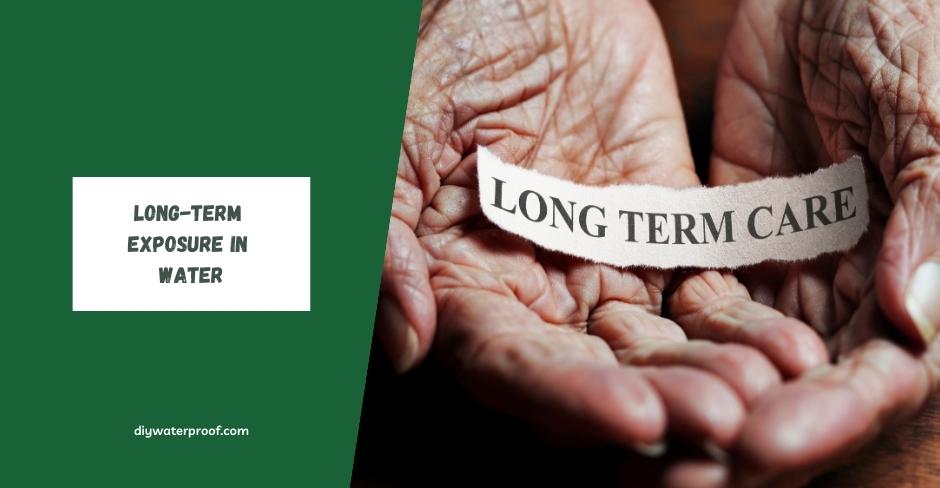
However, it is essential to note that even with these additives, hot glue may not be completely waterproof and should not be relied upon for long-term exposure to water.
Another way to make hot glue more resistant to water is by using a waterproof sealer or spray on top of the dried hot glue. This will create a protective layer over the glued surface and prevent water from seeping in.
Final Thoughts: Is Hot Glue Waterproof?
While hot glue is not entirely waterproof, it has many applications and benefits that make it a valuable tool for any crafter or DIYer.
Its water resistance can vary depending on several factors, but with proper usage and precautions, hot glue can be used in various wet or damp conditions.
One of the ways to improve hot glue’s water resistance is by ensuring a solid bond between the two surfaces being glued together. Applying pressure while the glue is still warm and allowing it to cool completely before use can help achieve this.
Furthermore, some hot glues have added ingredients such as silicone or rubber that increase their water resistance.
We hope this article about is hot glue waterproof and its various properties have helped you understand and make the most out of this versatile adhesive.

